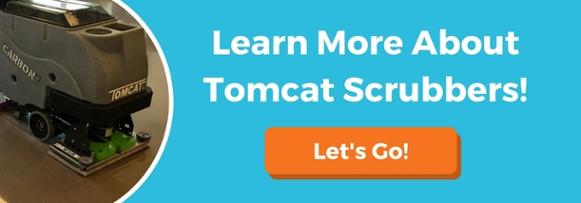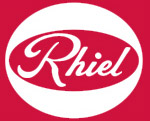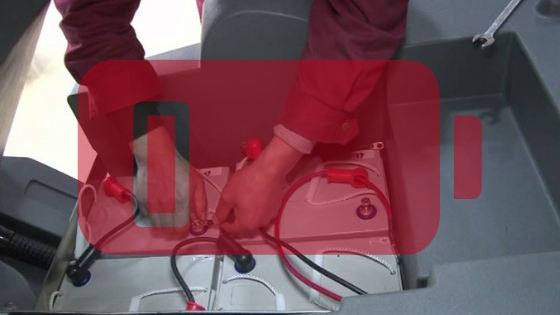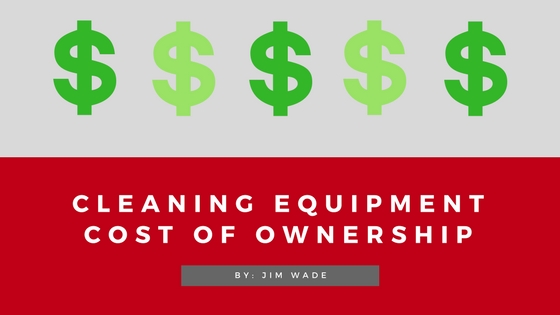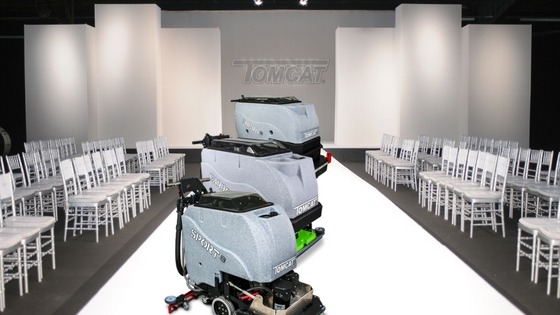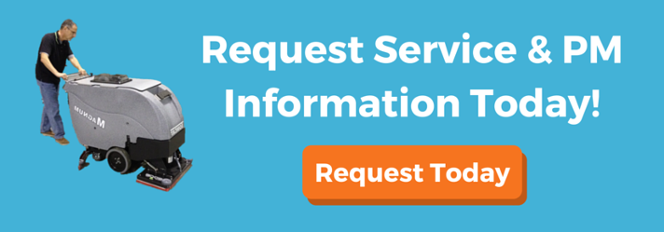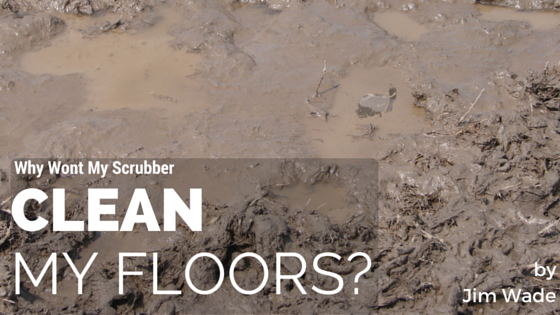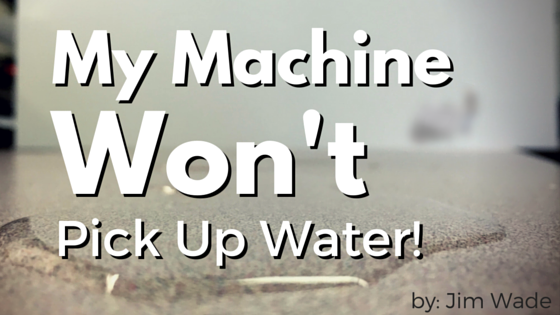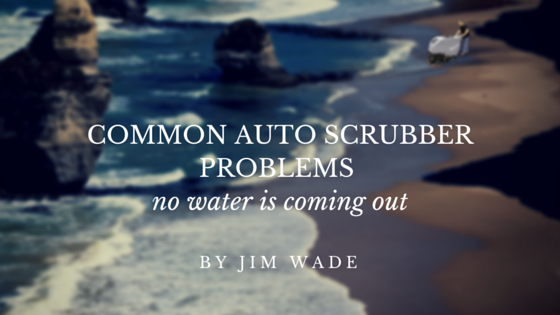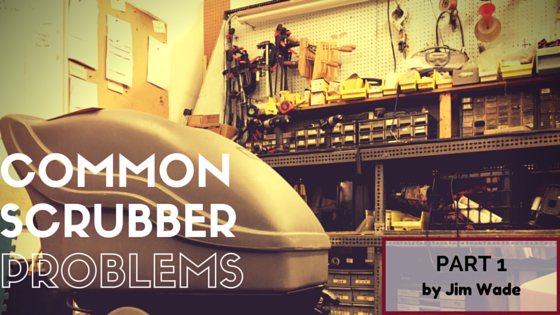Here at the Rhiel Supply Company we have been selling floor cleaning equipment for about as long as floor equipment has been around. Industrial/Commercial automatic sweepers and automatic floor scrubbers have been a main part of our product line for years. One of the best lines we have ever sold is manufactured by Tomcat, a division of the RPS Corporation. This has been some of the best equipment on the market since it was introduced. We have been a full service sales, parts, and service distributor for over 15 years and the results have been great for us. One of the big reasons we have had so much success with Tomcat is the durability and reliability that is built into every one of the machines. They are built on a solid steel frame, unlike many of their competitors who use lightweight plastic. This means they can be rebuilt over and over again when subjected to harsh applications. They make great rental machines and have boosted our rental business significantly. These sweepers and scrubbers are hard working machines that last longer than any I’ve seen in the market in the 35 years I’ve been selling and servicing commercial floor cleaning equipment.
Recently Tomcat has undergone a bit of a face lift. They committed to a redesign of their top automatic floor scrubbers and the results are even better than I expected. The new models have more features, more labor saving devices and are simpler to use. All these models perform extremely well while maintaining the high quality, reliability and durability standards we have come to expect from Tomcat. Let’s take a look at some features that I think make these new models the best on the market. I’ve been doing this for 35 years and these are the improvements that I believe make these the best there are out there. This is not an exhaustive study, just a few of the notable features that make these scrubbers the best option to clean, scrub, and prep your floors, no matter what type of facility you may have. Not all of these features are new but they do make Tomcat one of the best floor scrubber lines I have ever used. Let’s start at the front of the Scrubbers and move to the rear.
Scrub Brushes
All the scrubbers have multiple scrub head options depending on your application. They all have protective corner rollers and up to 250 lbs. of down pressure.
The standard rotary brush head that incorporates standard pads or rotary brushes have Heavy Duty Motors and the standard Metal Plate Frame. Aluminum Brush decks resists corrosion. Gimbal Mounted Brushes insure optimal cleaning on uneven surfaces.
Cylindrical brush heads are great for areas where you need to pick up a lot of debris while you are scrubbing. This eliminates the need to sweep before you scrub in many instances. These brushes turn at 750 rpms and do a great job with uneven surfaces like cleaning tile and grout. They can eliminate the need to dust mop before scrubbing.
EDGE Flat Surface Scrub Heads are great for cleaning relatively flat surfaces on a regular basis. Full contact pad presser allows you to scrub your floor and gives consistent results without swirl marks. These scrub heads use 70% less water, allow you to strip floors without chemicals, prep and screen gym floors, reduce slip and fall incidents, and earn LEED Credits.
Vacuum Protection System
This new system provides optimal protection for your vacuum motor. This means vacuum suction is maintained and water pick-up remains good at all times. When the dirty water is picked up from the floor it enters the recovery tank through a vacuum hose. The new Tomcat System runs the water through a drain saver basket before it hits the tank. This traps any large debris from filling the dirty water tank. There is also an oversized filter screen and a white vacuum filter cleaning the air of foam and debris. The air flow then enters a baffling system that eliminates any water or moisture left in the lines from getting to the vacuum motor. This protects the vacuum motor and reduces the risk of premature failure from moisture buildup inside the vac motor.
Solution and Recovery Tanks
Increased tank sizes mean less time stopping to drain and refill. Tomcat has increased the size of the tanks without reducing the maneuverability of the scrubber. Tank sizes can be ordered on a new walk-behind scrubber as big as 37 gallons. This is a significant labor reducing feature when coupled with an EDGE Scrub head which uses 70% less water.
Squeegee Replacement
Squeegees can be a hassle to remove or change. Now, with a new quick change feature, changing squeegees takes only minutes. One lever removes the squeegee retainer bracket. You can then remove, replace, or change squeegee sides and replace the bracket quickly, efficiently, and the squeegee assembly will be level and ready for use.
Wheels
Drive wheels, tires and casters come in a variety of options. Solid, Non-Marking, Pneumatic and Foam Filled are available. The proper tire will depend on your floor surface. Caster wheels are also available in different materials depending on your application.
Frame
The frames on Tomcat Scrubbers are all steel plate. They are coated in corrosion resistant material. But the frames can also be completely undercoated for more protection or constructed out of a stainless steel plate if you application requires.
Control Panel
The operator’s control panel can be configured in a variety of choices. Key switches, Lock out Devices, or rocker switches can be used to manage water solution usage, brush down pressure, brush speed, chemical usage, clean out spray jet pumps and a variety of other options to make your scrubber more productive and efficient in your application.
To see one of the new Tomcat models is to believe what they can do. They provide a better choice for cleaning floors with less labor, less chemical and water usage, reduced brush and pad wear, and less downtime. Contact us at Rhiel Supply and we’ll demonstrate the appropriate model in your facility. You can see for yourself how they have earned their reputation.
